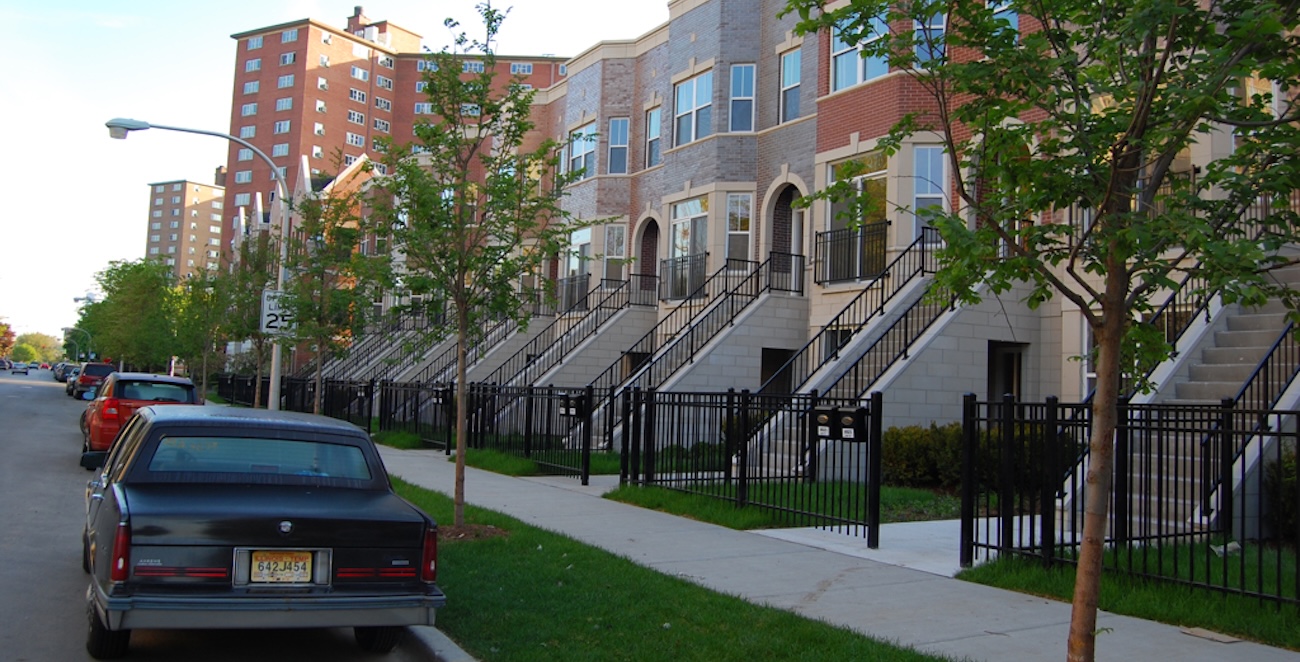The cost of living has been rising across the U.S. even as incomes stagnate. While increases in big ticket items like housing and health insurance make the news, growing water bills have gained less attention. Water was relatively inexpensive for so long that many communities only began to meter usage in recent years. But costs are on the rise and without some proactive solutions the situation is only going to get worse.
In municipalities with growing populations or service areas, infrastructure investment revenues are recouped through appropriately-set service charges (i.e., full cost of service water rates) – utilities charge customers for the treatment and transmission of the water they use, the wastewater they discharge, and the infrastructure needed to get it to and from the site. In some cases, the utility may even recoup a surplus and have the flexibility to implement conservation rates, affordability programs, energy efficiency measures at treatment plants, and other cost- and resource-saving innovations.
Municipalities with shrinking populations, like Detroit and Flint, are faced with a tougher scenario. Those that reached peak population in the mid-1900s, but have since lost a large percentage of their population due in part to the loss of a local industry, are faced with water and wastewater infrastructure investment needs for an overbuilt system and little new growth-based revenue. These factors conspire to create an untenable cost burden on low- and fixed-income ratepayers and prevent utilities from addressing infrastructure needs, increasing the risk of system failure.
In the aftermath of thousands of water shut-offs in Detroit, Flint, and other US cities over the past few years, international social justice groups unanimously stated that a basic human right as defined by the United Nations, access to clean water, had been grievously violated. A primary factor that led to these shut offs was driven by utility-imposed rate increases that resulted in rates far higher than is considered affordable for residents on low and fixed income. Those who had their water shut off were being asked to pay 40% in some cases of their income on drinking water services; the U.S. EPA suggests that affordable rates should hover somewhere around 4% of an area’s median household income (AMI) for both sewer and water service. CNT examined the cost of buying 5000 gallons of water per month for households in 19 “shrinking” cities in the Great Lakes Basin, including both direct water and infrastructure charges. For households earning 80 percent of Area Median Income, the costs come to 9-14 percent of income. Even raising the EPA benchmark to 5 percent of AMI doesn’t help—households in Detroit earning 80 percent of AMI at that level would pay 11 percent, and those earning 50 percent of AMI would pay 22 percent of residual income after paying for all housing and transportation expense.
Rates vary significantly from place to place. An October 2017 Chicago Tribune investigation shows that water rates in some communities near Lake Michigan can be five times more than others. Nevertheless, given the current state of water infrastructure investment needs in the U.S., utilities are struggling to find the funds to make critical investments in infrastructure to reduce flooding and main breaks and maintain levels of affordable water and sewer service. This can lead to significant water losses—the same Tribune study found communities around Lake Michigan 30 percent or more of their water, a level of system inefficiency that has real financial implications for the whole community.
CNT’s Great Lakes Water Infrastructure Project is examining these issues and looking for innovative solutions that communities can use to provide clean, healthful, affordable, and sustainable water. In 2018 we’ll continue working with Great Lakes communities to help them innovate on their water system needs. To do this we are asking questions, such as:
- What new technologies and system improvements can be more cost effective than repairing our old systems?
- How can new finance tools be used to support system improvement?
- If costs for water and sewer services must go up in order to finance the infrastructure investment needed, how do utilities ensure affordability throughout their service area?
- Can we create efficiencies and accelerate improvement by addressing multiple community needs together?
CNT’s integrated, evidence-based approach to resource efficiency has made us known for our work in transportation, parking, energy, climate and more. We’re bringing that expertise to our collaborations on water, because access to clean water is a human right and smarter investment in water infrastructure is essential to making communities sustainable. Please email Anna Wolf if you would like to be notified of CNT’s upcoming webinars and releases of our research findings on these issues.





 Strengthening Transit Through Community Partnerships
Strengthening Transit Through Community Partnerships